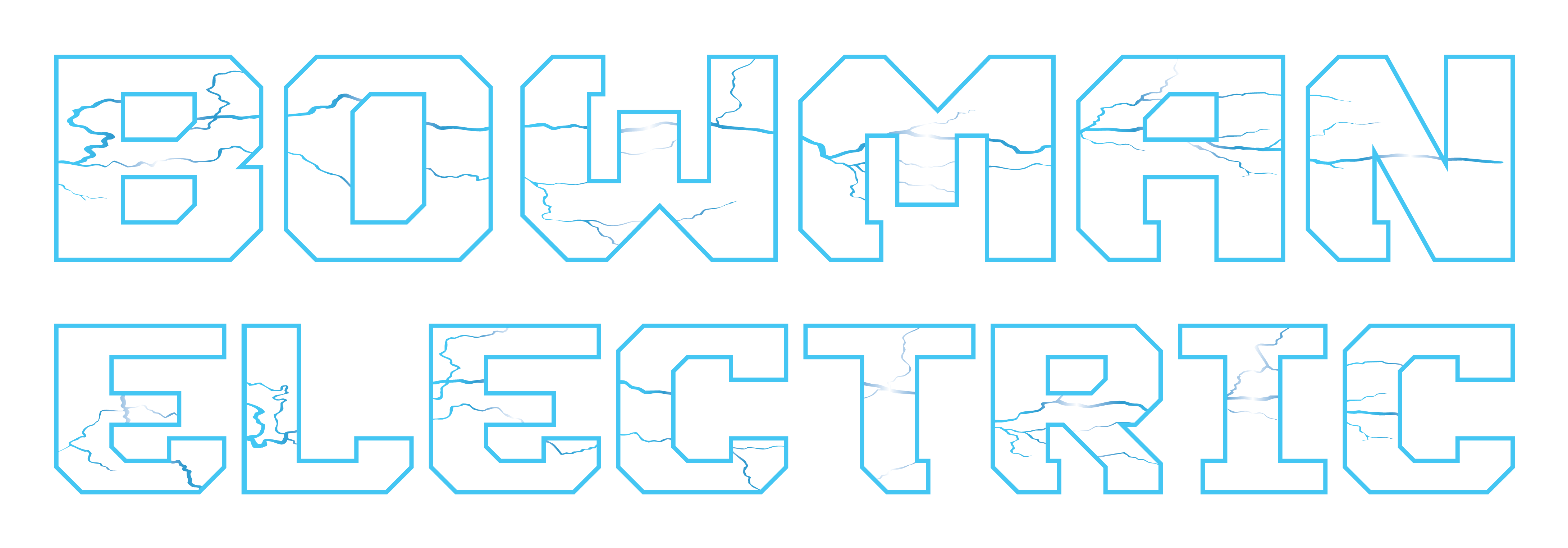
In the modern world, our dependency on electrical devices and systems has reached unprecedented levels. From household appliances to industrial machinery, every facet of our lives relies on the smooth functioning of electrical equipment. However, this reliance also exposes us to various risks, one of which is power surges. Power surges can wreak havoc on electrical systems and devices, leading to costly repairs, downtime, and potential data loss. As such, it's crucial to understand the different types of surges and their impact on electrical systems to effectively protect against them.
1. Voltage Surges:
Voltage surges, also known as transient voltage, occur when there's a sudden and temporary increase in voltage. This can happen due to lightning strikes, power grid switching, or the sudden cessation of high-powered equipment. Voltage surges can have a devastating effect on sensitive electronic devices, leading to component failure, data corruption, and even fires.
2. Current Surges:
Current surges, also called current spikes or transients, are rapid increases in electric current. These surges can arise from sudden changes in load, motor starts, or power factor correction. They can cause overheating, tripped circuit breakers, and damage to electrical equipment.
3. Electrostatic Discharge (ESD):
ESD occurs when there's a rapid flow of electricity between two objects with different electric potentials. While this is often a minor annoyance in daily life – like the shock you feel when touching a doorknob – it can be highly damaging to sensitive electronic components. Industries such as electronics manufacturing, semiconductor production, and medical equipment manufacturing must take special precautions to prevent ESD-related damage.
4. Switching Surges:
Switching surges, or load switching transients, occur when high-powered equipment is turned on or off. This can lead to abrupt changes in current and voltage levels, potentially causing disruptions to connected equipment and, over time, weakening insulation systems.
5. Lightning Surges:
One of the most powerful sources of surges is lightning. Lightning strikes can induce extremely high voltages and currents into electrical systems. Even if a strike doesn't hit a structure directly, the electromagnetic field generated by nearby lightning can induce surges that travel through power lines and data cables, causing widespread damage.
6. Internal Surges:
Internal surges, sometimes called self-induced surges, occur within an electrical system due to the interaction of various components. For instance, inductive loads like motors can generate back EMF (electromotive force) when switched off, leading to voltage spikes within the system.
Impact on Electrical Systems:
The impact of surges on electrical systems can be profound. They can cause immediate equipment failure, increased wear and tear on components, reduced lifespan of devices, and increased energy consumption. In severe cases, surges can lead to fires, electric shocks, and even endanger human lives.
Protection Against Surges:
To safeguard against the damaging effects of surges, a multi-faceted approach is necessary:
Surge Protectors: Installing surge protectors at key points in your electrical system can divert excess voltage to the ground, preventing it from reaching sensitive equipment.
Grounding and Bonding: Proper grounding and bonding of electrical systems can help dissipate excess voltage and reduce the impact of surges.
Uninterruptible Power Supplies (UPS): UPS units provide a temporary power source during outages and help regulate voltage levels, protecting against both surges and dips.
Isolation Transformers: These transformers help isolate equipment from the main power source, reducing the risk of surges traveling through the system.
Maintenance: Regular maintenance of electrical systems, including checking connections, insulation, and grounding, can help identify and rectify potential surge-related issues.
In conclusion, power surges are a significant threat to modern electrical systems and the devices they power. Understanding the various types of surges and their impacts is essential for effectively protecting against them. By implementing preventive measures, such as surge protectors, proper grounding, and UPS units, individuals and industries can ensure the longevity and reliability of their electrical systems and equipment in the face of ever-present surge risks.
Here at Bowman Electric, we take safety very seriously! Give us a call with any questions and to schedule an estimate!

